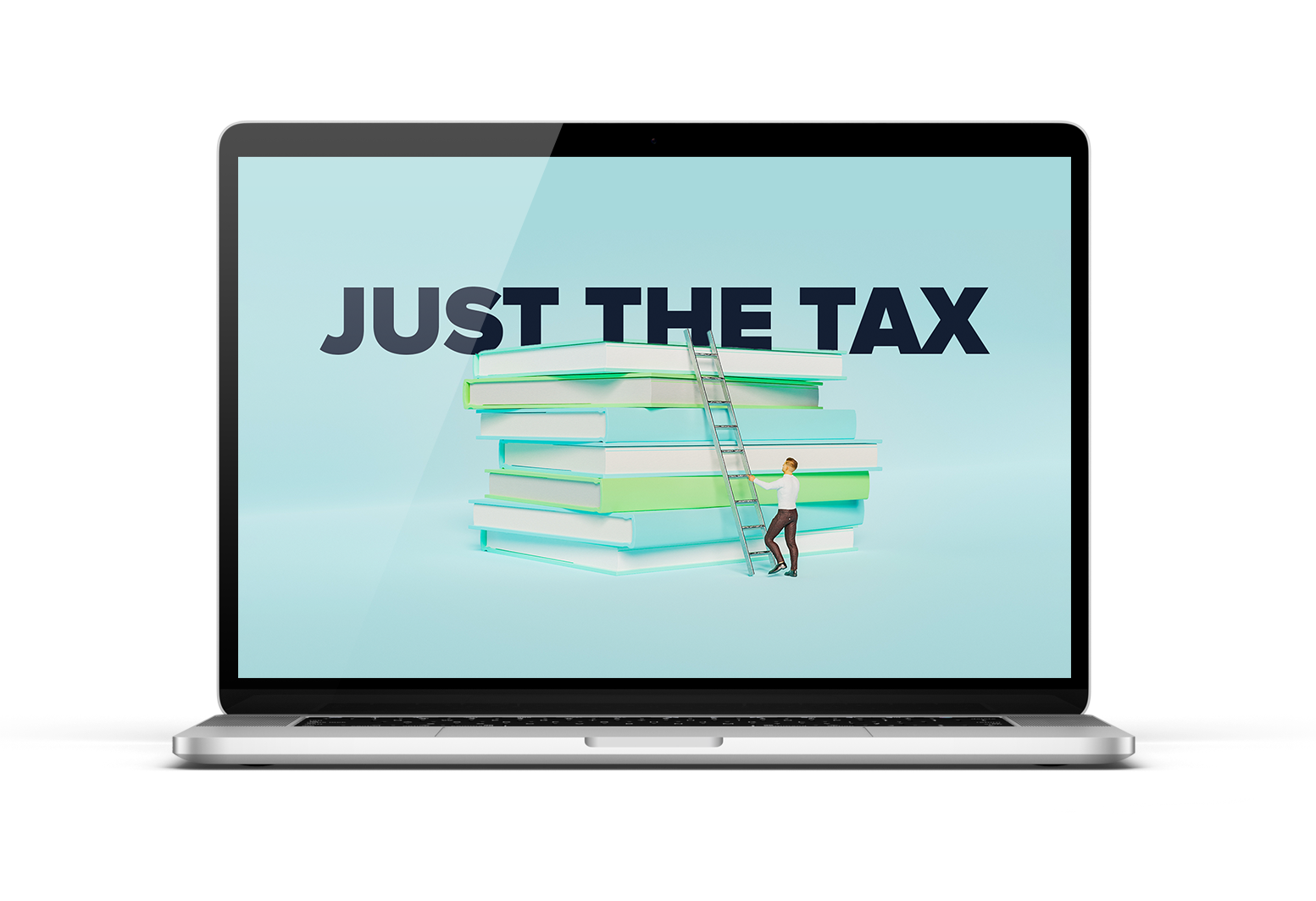Read Our Blog:
Wanting to secure your cash flow?
Are you asking yourself any of these questions?
Are you asking yourself any of these questions?
Why is it that I always seem to be short on cash when those bills become due?
What can I do differently to keep that cash flowing consistently?
Is my pricing right or am I leaving money on the table?
What can I do to get paid faster?
If you are, then grab a coffee and take a few minutes and read through this article.
Are you looking for a way to create a health cash flow that keeps your business thriving and where you can sleep without worry?
What is the Root Cause of Cash Flow Issues
There will always be a reason behind your cash flow issues. It takes an honest person to recognise the problem. And it takes a strong person to accept responsibility for the issue. Someone who can then rise up to the challenge of fixing it.
But it is your responsibility to fix it. Otherwise you will be in exactly the same place next month, asking the same questions.
What are some of the factors that might be contributing to your cash flow challenges? Have you considered:
- Your Business Model
- Revenue Streams
- Pricing
- Expense Items
- How you collect and manage receivables or debtors
- How you manage and float inventory
These are but a few factors but it is usually in one or more of these that you will find things that need to be changed.
You might have noticed that nearly all of these require detailed access to financials and data. This is extremely important.You need to know how to pull apart your numbers in order to make informed decisions.
Financial Statements prepared last year are not that useful in diagnosing issues today. You don’t drive your car by looking through a rear view mirror, so why would you run your business that way?
Yes, what’s happening behind us is important. But instead, we need to focus on what is happening in front of us.
To do that requires data. Accurate and timely data. And fuel, or cash flow, in order to make the necessary changes.
If your financials and bookkeeping are not up to date, check out our other article on ‘Fixing your Financial Life’. Most business owners are flying blind when it comes to their business. Don’t let that be you. Make informed decisions and change your financial future.
Measure What Matters

We are so good at being busy and looking at stuff that sometimes we just need to ask ourselves – “Are we actually looking at what matters when it comes to cash flow and profitability?”
It’s easy to get caught up in a sea of financial data and lose sight of the key metrics that truly drive our bottom line.
Every business has a number of key things that are the drivers of their business.
By focusing on measuring what truly matters, we can cut through the noise and zero in on the numbers that have the greatest impact on our cash flow.
It’s not about drowning in spreadsheets or drowning in jargon-filled reports. It’s about identifying the vital signs of our business’s financial health and taking action based on those insights.
What drives your business?
Everyone will have their own take on what is a ‘business driver’. So you know what it is for you, picture it like this.
A business driver is like the engine that propels your business forward. It’s the secret sauce that fuels growth, profitability, and success.
Think of business drivers as key factors that have a direct impact on your bottom line.
These drivers can be anything from your marketing strategies that attract lots of customers, to your operational efficiency that keeps costs in check, or even the innovation that you bring to the market.
Think about what you do that brings in your sales. How are you managing your costs? And how do you pull these together to deliver cash flow?
When it comes to driving your business forward, key drivers often encompass both tangible and intangible elements.
Sure, major cost-efficiency items play a significant role. But don’t underestimate the power of those “soft” factors that can give you the extra edge. Take something like networking, for instance. The ability to build new business relationships has proven to be a game-changer for countless small businesses.
What do you think are the key factors that help you outperform your competitors?
The easy path …
You’re might be reading this and looking for some quick answers, something you can apply today.
As an accountant, I like financials. Profit and Loss, Balance Sheet and Cash Flow Statements. They’re for me. But they might not be for you. Sometimes you just need a number that will get your attention.
What are some of the numbers that you can focus on, starting today? Here are four numbers to kick this off.
Base Point Number
This is that one number where your monthly revenue covers all of your costs. When you hit this number, your entire month is covered?
This number will need to include the expenses to run your business, your pay, a provision for tax, profit for the business and debt commitments.
This is a peace of mind number and you must know where you are on this target each and every day.
You get what you focus on. Keeping a singular focus on this number will allow you to subconsciously make the changes you need to bring it into reality.
It is your daily measurement metric that lets you know where you stand.
Monthly Recurring Revenue (MRR)
Monthly recurring revenue (MRR) is the financial lifeblood that keeps your business solid with a predictable and steady income stream.
MRR gives your business stability and scalability. It also allows you to plan ahead with confidence.
It is about creating a tribe of customers who happily pay you each month for the value you provide. This allows you to focus on serving them at the highest level while enjoying the security and freedom that such a consistent cash flow brings.
Monthly Recurring Expenses (MRE) –
What do you have to pay each and every month? Those are your Monthly Recurring Expenses.
These are the ongoing costs that you invest in to maintain and improve your operations, ensuring you can deliver top-notch products or services to your loyal customer base.
Just like clockwork, these expenses occur month after month, supporting your operations, growth, and overall success.
They include essential costs such as rent, utilities, software subscriptions, payroll, and other recurring overhead expenses that are vital for your business’s day-to-day functioning.
Managing these expenses effectively ensures that your business remains operational, allowing you to deliver consistent value to your customers and maintain a strong foundation for profitability.
Days in your Cash Conversion Cycle
This is the rhythm that dictates the flow of money in your business.
It’s like a choreographed dance between your cash outflows and inflows, determining how long it takes for your investments to transform into revenue.
This cycle begins with the cash you invest in inventory, production, or services and ends when you receive payment from your customers.
Understanding and optimizing this cycle is vital because it affects your cash flow, liquidity, and overall financial health. This cycle is a delicate balance between managing your operational costs, receiving prompt payments from customers, and optimizing the time it takes to convert your investments into revenue.
The objective here is to reduce the number of days in your cash conversion cycle so that money circulates quickly. This will allow you to you seize new opportunities and grow your business.
Calculating these four numbers will give you a base line that you can work with in the future.
Now these are obviously generic and there is clearly a lot more to it .. but this is a good start.
Knowing Where your Money Goes

Have you given much conscious thought to exactly where your money goes?
Let’s put this into a specific number. Do you know where every $100 of revenue goes? Does it all go into one bit pot and you pull out what is left at the end of the year … if there is anything left that is?
What if there was more of a plan? You start by looking at your Revenue and then breaking this down into buckets which will help you understand exactly where your money is going.
The four big commitments for your Revenue will be:
- Profit
- Owners Pay
- Tax and
- Operational Expenses?
If you haven’t ever done this exercise, right now is the time to do it. This is an easy process when done step by step, and you might find yourself quite surprised where the money goes.
How can we Help?
I love cash flow, it is one of my favourite topics. We have a lot of resources, free and paid, that you can use on our site, check them out here. If you are already a client just us ask about access.
For our one on one help, we need to work with you to truly understand you and your business. What is it that drives you? How does your business fit into your lifestyle plans, both now and for the future?
We ask you to focus on the 7 Levers of Cash Flow and pick one thing a month and take action on it. Implement It. Measure It. Improve it. Then move on to the next thing.
When it comes to improving cash flow, you need to think both strategically and tactically.
Our Strategy + Tax programs have been specifically designed for both implementation and education. You need to know what action you need to take in order to begin making positive changes for your business.
But you also need to know how to take these lessons and build on them for your own personal and future growth.
If you aren’t ready for all of this, at least getting your compliance in order is the first step in getting on the path to future growth.



